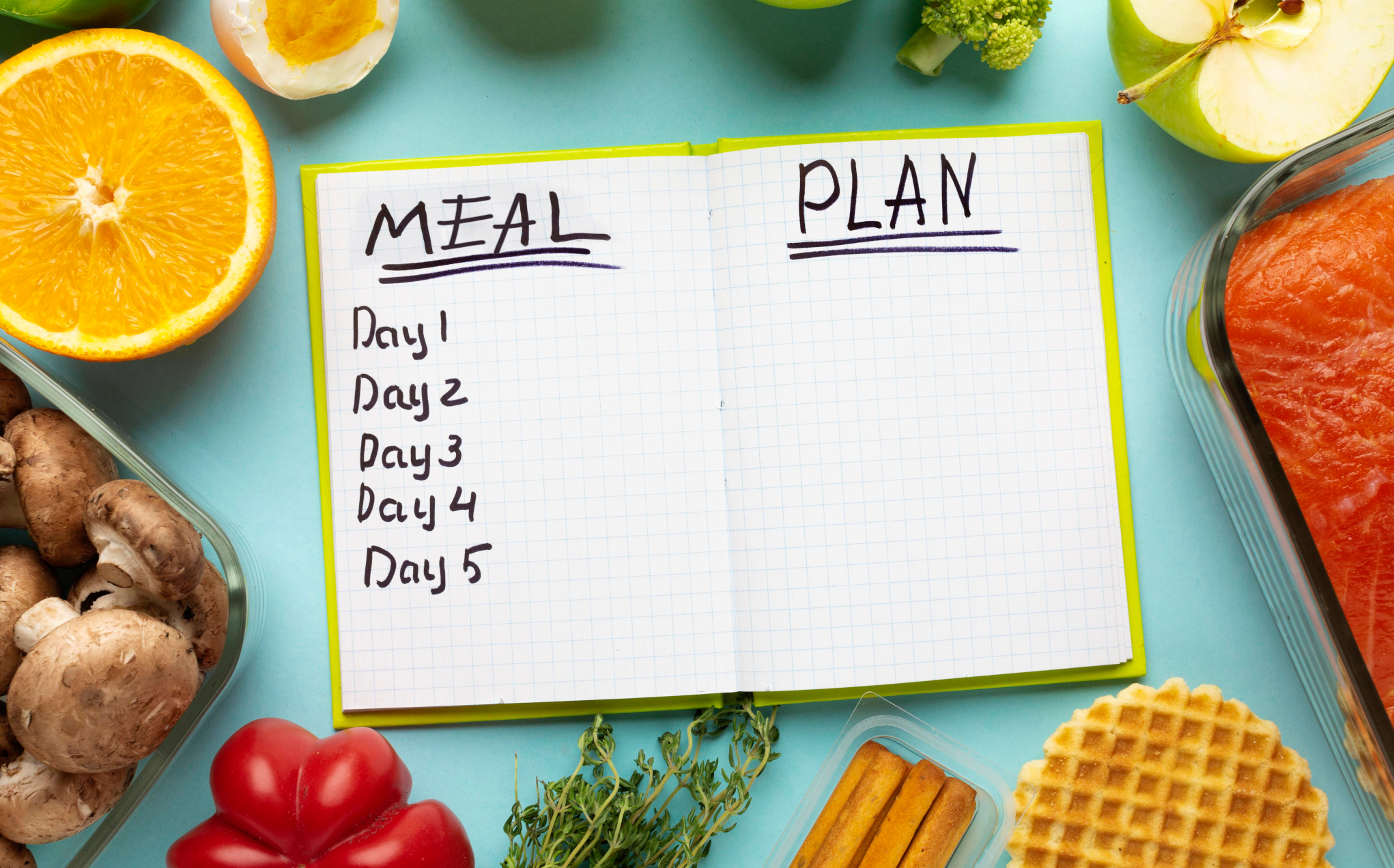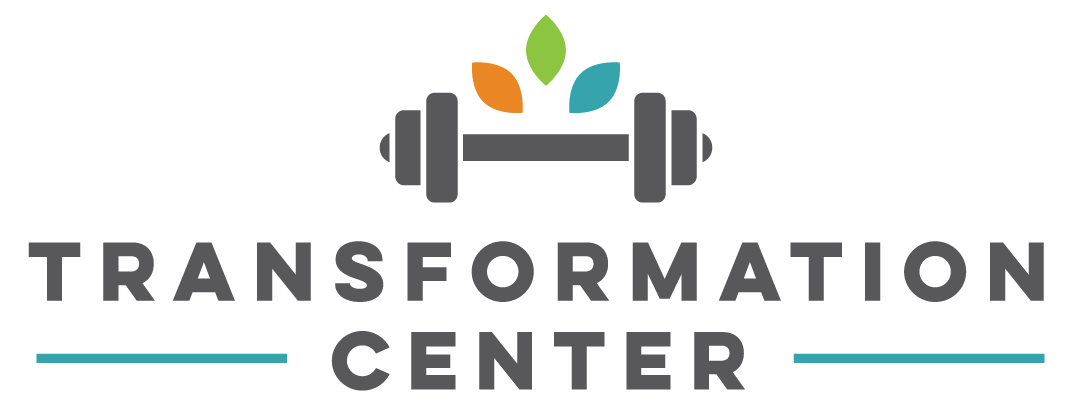
Ever feel like tracking calories is as frustrating as tracking your bank account? You know you should do it, but sometimes it feels like a tedious chore. The truth is, just like finances, if you’re not paying attention to what’s going in and out, it’s easy to overspend—or in this case, overeat.
That’s where calorie cycling comes in. Instead of eating the same number of calories every day, you plan for fluctuations—eating more on some days and less on others—while maintaining an overall deficit for fat loss.
This approach allows for more flexibility, making it easier to enjoy social events, weekends, and vacations while still reaching your goals. Let’s break it down.
How Calories Work & Why They Matter
At the most basic level, fat loss comes down to calories in vs. calories out. Your body burns calories just by existing—through digestion, movement, and daily activities.
Calorie Deficit = Burning more than you consume → Fat loss
Calorie Surplus = Consuming more than you burn → Weight gain
Calorie Maintenance = Eating & burning roughly the same → Weight stays the same
If fat loss is your goal, a calorie deficit is non-negotiable. No matter how “clean” or “healthy” your diet is, if you’re eating too much, you won’t lose fat.
What is Calorie Cycling?
Instead of aiming for the exact same calorie target every day, calorie cycling allows for higher-calorie days and lower-calorie days while still maintaining a weekly deficit.
Think of it like budgeting money. If you want to go out for a nice dinner on the weekend, you might spend less during the week. The same concept applies to food—by eating a little less on some days, you can enjoy more flexibility on others.
Example of a Weekly Calorie Cycle:
If your goal is to eat 1,800 calories per day (12,600 calories per week for fat loss), you could structure it like this:
✔ Monday – Thursday: 1,600 calories (saving 200 per day)
✔ Friday – Saturday: 2,200 calories (using the saved calories)
✔ Sunday: 1,800 calories (back to baseline)
At the end of the week, you’re still in a deficit, but you had more calories available for social events or cravings.
Challenges of Calorie Tracking
While calorie tracking is one of the most effective tools for fat loss, it does come with challenges:
❌ Time-consuming – Logging every meal can be tedious.
❌ Can feel restrictive – Some people don’t enjoy tracking long-term.
❌ Not always accurate – Food labels & portion estimations can be off.
Alternatives to Tracking Calories:
If you don’t want to log every bite in an app, here are a few ways to stay on track without meticulous tracking:
1️⃣ Use the Hand Method:
- Protein = Palm-sized portion
- Carbs = Cupped hand
- Veggies = Fist-sized portion
- Fats = Thumb-sized portion
2️⃣ Prioritize Protein & Fiber:
- These keep you full longer and help regulate appetite.
- Protein sources: Chicken, fish, eggs, Greek yogurt, tofu.
- Fiber sources: Veggies, fruits, whole grains, legumes.
3️⃣ Plate Method:
- ½ plate = veggies
- ¼ plate = protein
- ¼ plate = carbs
- Add a small serving of healthy fats
How to Calculate Your Calories (The Simple Way!)
If you do want to track, here’s a simple way to estimate your needs:
1️⃣ Find your maintenance calories:
- Multiply your body weight (in lbs) by 14-16 (lower end for sedentary, higher for active).
- Example: 150 lbs x 15 = 2,250 calories (maintenance)
2️⃣ Create a deficit for fat loss:
- Subtract 300-500 calories per day for slow, sustainable fat loss.
- Example: 2,250 – 500 = 1,750 calories per day for fat loss
You can then cycle these calories throughout the week based on your lifestyle.
Why Calorie Cycling Works for Real Life
Less Restrictive: You don’t feel like you’re “on a diet.”
More Flexibility: You can enjoy treats or events guilt-free.
Better Consistency: It’s easier to stick with long-term.
Fat loss isn’t about perfection—it’s about consistency over time. Whether you track daily, use portion methods, or cycle your intake, the key is staying in a calorie deficit while fueling your body with enough protein and fiber.
Want to Learn More?
Our 12-week Killer Kurves program teaches sustainable fat loss strategies just like this—without extreme restrictions or fad diets.
Join us for our upcoming session of Killer Kurves and learn how to fuel your body for lasting success!

Recent Comments